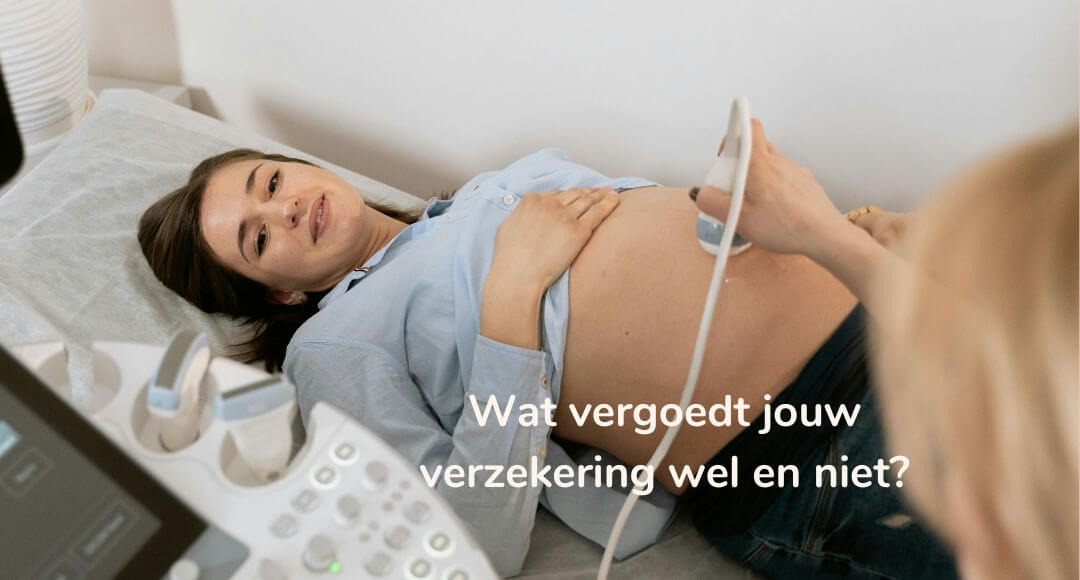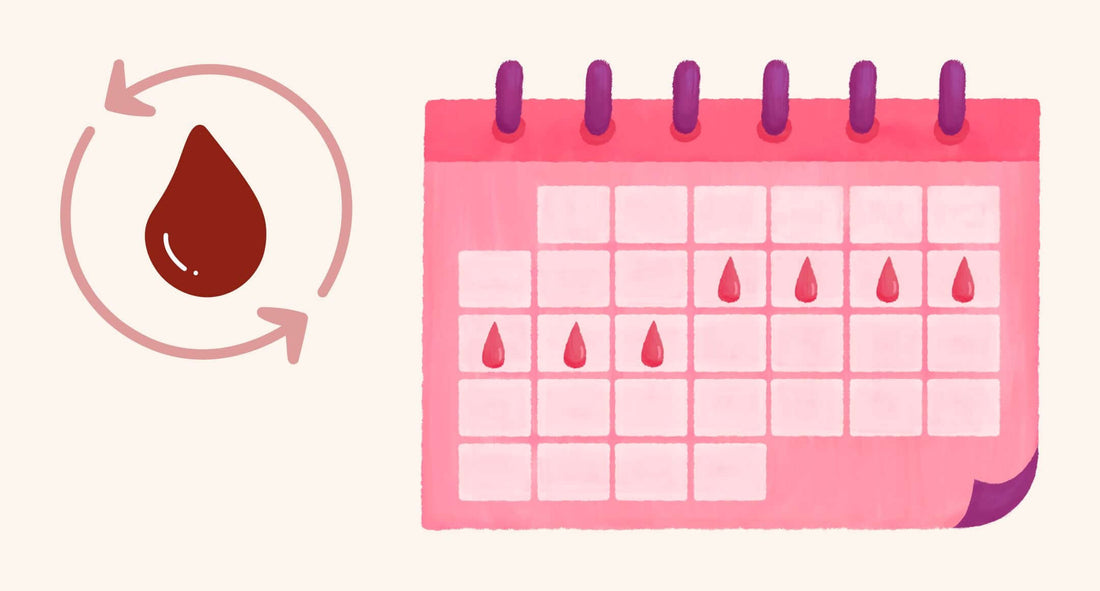We interviewed Tamara and Suhainy, following a call on our social media channels. They each shared their own experiences with us about the lengthy process of pain and diagnosis. Their experiences offer us a glimpse into the bizarre reality of living with this complex condition, the struggle for diagnosis and treatment, and the importance of support, awareness, and education.
Endometriosis is a battle that often plays out silently, hidden from view, but with profound consequences for the lives of those who suffer from it.
The story about Tamara's (50) endometriosis ordeal
Tamara's battle with endometriosis began at age 12, two years after her first period, but it took years before she received a diagnosis. Her story is one of perseverance through unimaginable pain, endless hospital visits, and multiple surgeries.

After nine years of excruciating pain, she was diagnosed in 1995 with a mild form of endometriosis. She was told this was nothing unusual. She was told to take the pill for six weeks, followed by a week off, because less frequent periods would prevent the endometriosis from growing further and perhaps even reduce it, to the point of disappearing. But despite this advice, the severe pain and bleeding continued unabated.
Desperate to start a family, she stopped taking the contraceptive pill, which miraculously led to IVF treatment with a 5% chance of success. Stopping the pill landed her in the emergency room after 10 months due to a ruptured endometriosis hernia. During her pregnancy, Tamara developed internal bleeding due to a ruptured cyst. And it went on and on.
After the birth of her daughter, more surgeries followed, including to address the spread of endometriosis to her bowels and rectum. Tamara's story is one of physical and emotional struggle, but also of unprecedented resilience. Despite everything, she continues to fight and adapt to the constant changes in her health and well-being. We are deeply moved.
Tamara's message
In July 2023, I had my eighth abdominal surgery due to an abdominal wall hernia, this time on the left side. Part of my colon had become lodged in my oblique muscle (which had torn through three layers), and the scar from the kidney surgery was also damaged. During the surgery, the layers of my oblique muscle were sutured, and the scar was neatly repaired, from my navel to my back.
My mental resilience is my strength. The process of accepting myself as I am truly began in 2006. Every new condition, every worsening of symptoms, or surgery challenged me to start over. I had to constantly lower my expectations of my body, whether I wanted to or not.
I'll never fully accept myself, and that's perfectly fine. I know myself too well for that. It would distract me too much from who I truly am. It's not like I voluntarily stood in line for a ticket labeled "Endometriosis & Co." I know that for sure!
Accepting that I'm ill, that I won't get better, and that I have to adjust my life, comes with a certain reluctance, pain, and sadness. And that's okay. It is what it is, and although I don't necessarily enjoy it, I try to make the best of every situation. If I can do something fun, I really enjoy it, perhaps even more than before.
Endometriosis affects my life in various ways, and the price I pay for it changes daily , while my energy budget remains the same or even decreases. On good days, my energy budget doesn't run out until late afternoon, but on bad days, it's gone by mid-morning, or even sooner. Borrowing from "tomorrow" isn't an option; gone is gone!
This is how I try to deal with my endometriosis and the other conditions that come with it, in my own way.
The resilience I need every day isn't stored in a drawer, ready for use. I have to find, create, and adapt that resilience every day, depending on what's needed.
I graduated cum laude from the master's program "Learn to Understand and Feel Your Body Language." But apparently, I missed the follow-up program "Learn to Make Your Body Language Understandable in the Medical World," because so far I've been struggling enormously with that, both literally and figuratively.
The department that brushes off the problems with the "it's all in your head" comment seems to have a cure for everything, without conducting any serious investigation or providing any care. As long as I can and don't need them, I'll skip that department.
It's disheartening to see how the arrogant, siloed culture and the shifting of responsibility in hospitals and the healthcare system are perpetuated. The lack of engagement is truly appalling. This must change quickly.
Due to severe endometriosis, which is deep-rooted and extensive, and the use of various medications, I have developed various conditions and complaints over the years that will not go away. I have exhausted all treatment options and can only find partial relief through pain management. My quality of life has significantly diminished. The fact that I cannot fully participate in society is unbearably hard, lonely, and heartbreaking, as if I'm "not good enough," and the list goes on.
The prolonged use of Lucrin Depot for over 20 years, which caused a chemical transition, has caused significant suffering. Menopause is often neglected in women's health care and deserves more attention.
My message to all girls and women is: if you experience unexplained abdominal pain that persists, even after taking strong painkillers, go to your doctor and have it thoroughly examined. Don't be fobbed off with standard answers, such as that it's just part of life, that it's all in your head, or that you simply need to take a pill. You're not crazy. Until an ultrasound, MRI, or laparoscopy has been performed, endometriosis, for example, can NEVER be ruled out.
But don't give up. Seek support from others in the same situation, organizations, or agencies. Let's work together to give endometriosis a face and raise awareness. Whether you're looking for recognition or want to share your own experiences, at www.diagnoseendometriose.nl I share sincere, honest stories about my struggle with endometriosis, with a touch of humor.
“Together we stand strong!”
The story of Shuhainy's (28) frustrating search for endometriosis diagnosis
Shuhainy's diagnosis came after a long and frustrating search for answers to her severe menstrual pain, which began when she was just nine years old. The constant pain, irregular and extremely long cycles, and the feeling of not being taken seriously by medical professionals define her journey with endometriosis.
It wasn't until 2022, 17 years after her first symptoms, that Shuhainy finally received a diagnosis.
For the first 10 years after her first period, Shuhainy was sent home by her GP about every two years. She then saw several doctors. Radiating pain and cramps in her back and legs led her to consult not only a gynecologist but also an orthopedist and a physiotherapist with diagnoses that were completely inaccurate. Ultimately, due to persistent, severe abdominal pain,

She ended up seeing a gynecologist, who concluded she had an infection, for which she was prescribed antibiotics. This only worsened her symptoms because it also caused intestinal problems.
After finally seeing several other GPs, Shuhainy's mother saw something on television about endometriosis. Even after that, it took a long time before she received the right referral. The diagnosis made her cry with relief. She now knows what's wrong, has undergone surgery, and can handle the situation better.
Her story highlights the challenges young women face in seeking recognition and treatment for their symptoms. Despite the pain and discomfort, Shuhainy had to fight to be heard and receive the right care. Her experiences with misdiagnosis, the resulting lack of understanding, and the resulting loneliness are painfully familiar to many women with endometriosis. Nevertheless, like Tamara, she remains a source of inspiration and hope for others living with this condition.
Conclusion: there is a serious need for more attention to endometriosis and faster diagnosis
The stories of Tamara and Shuhainy are just two examples of the many women who experience the consequences of endometriosis every day.
Their experiences highlight the need for increased awareness, better diagnostic processes, and more effective treatment options for endometriosis.
By sharing these stories, we hope to break the silence and shed light on the reality of living with endometriosis. It's time to listen, learn, and take action. It's crucial that endometriosis is diagnosed much earlier, and that research is conducted. What causes endometriosis? How can it be prevented and treated?
Comments are welcome, please use our contact form .

















